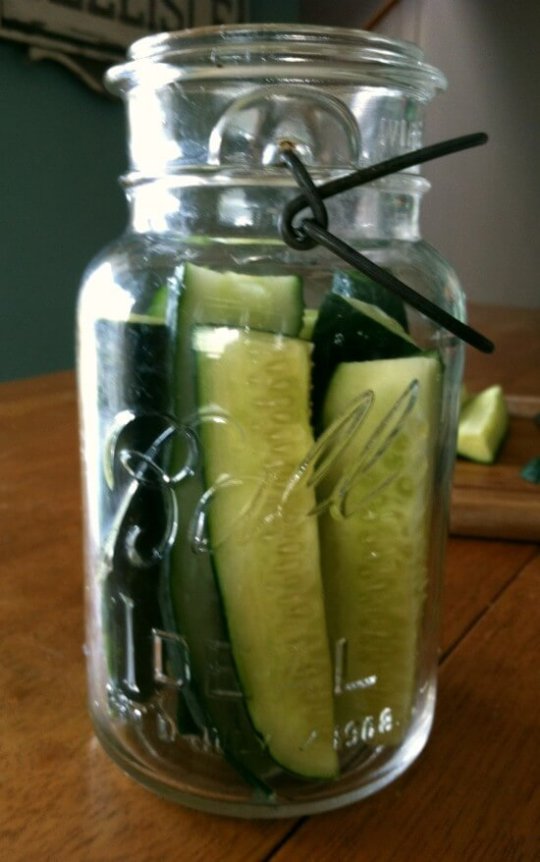![I WISH I WOULD HAVE KNOWN THIS YEARS AGO ;)
With Halloween coming up, share this to your page so you can remember to do this!
After you scoop out and carve your pumpkin, dip it in a large container of bleach and water (use a 1 tsp:1 gal mix). The bleach will kill bacteria and help your pumpkin stay fresh longer. Once completely dry, (drain upside down), add 2 tablespoon of vinegar and 1 teaspoon of lemon juice to a quart of water. Brush this solution onto your pumpkin to keep it looking fresh for weeks.”
TO SAVE this tip or share with family & friends, be sure to click this photo and SHARE so it will store on your personal page.
~ Feel free to Friend request me or just click on "Follow" on my cover pic for daily cool stuff ~
For healthy recipes, tips, motivation and fun, join us at:
------> @[348273238607837:69:Natural Weight Loss Friends]](https://scontent-b-lga.xx.fbcdn.net/hphotos-ash3/1240545_10201841254931090_1580905438_n.jpg)
With Halloween coming up, share this to your page so you can remember to do this!
After you scoop out and carve your pumpkin, dip it in a large container of bleach and water (use a 1 tsp:1 gal mix). The bleach will kill bacteria and help your pumpkin stay fresh longer. Once completely dry, (drain upside down), add 2 tablespoon of vinegar and 1 teaspoon of lemon juice to a quart of water. Brush this solution onto your pumpkin to keep it looking fresh for weeks.”












Recent Comments